The Green Kingfisher flew low over the water on the Pedernales River. It is the size of a robin but very robust with a white neck and a dark green head and back. This bird is found throughout Mexico and is expanding its range into south central Texas and southern Arizona. Park officials have reported the Green Kingfisher over the past few years.
At Twin Falls I heard and saw a Waterthrush. This bird remained in the drainage singing for over an hour. Though the song sounded more sing songy like a Northern Waterthrush the habitat spoke more toward a Louisiana Waterthrush. This bird chose to sing high up in the trees which provided a nice clear resonance against the ravine walls.

White-eyed Vireos were back in numbers today plus the first sitings of Blue-gray Gnatcatchers were made. On the drive home I saw my first of the year Scissor-tailed Flycatcher along county road 3232.
On the amphibian level, frogs were heard all along the Pedernales River today probably do to the overcast skies. This photo, by Tom Seabolt, is probably what we heard. It is a Rio Grande Leopard Frog.

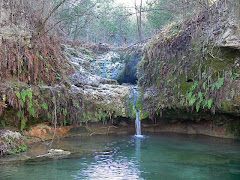
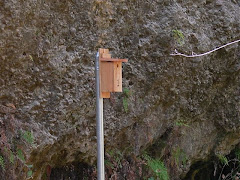
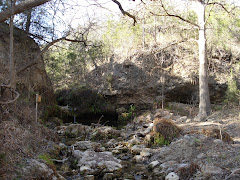
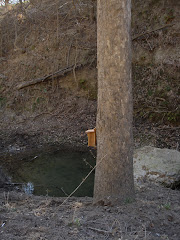
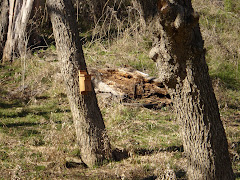




No comments:
Post a Comment